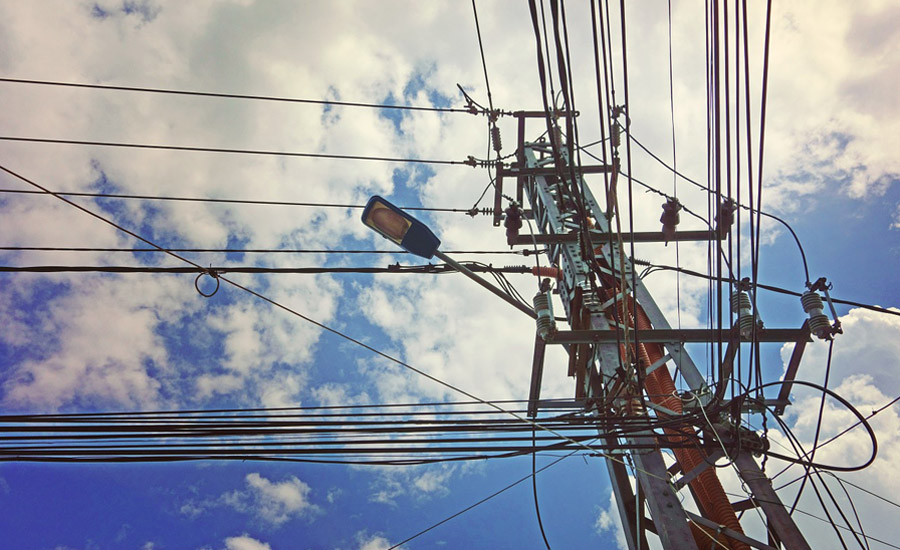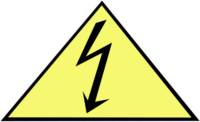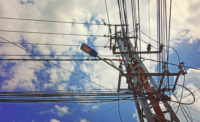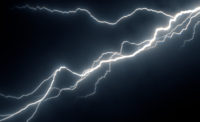Repairing the grid after a major hurricane is a complex task, experts said. Utilities first have to send crews out to inspect the damage before they can figure out how best to restore service. That assessment can take days, and heavy flooding and debris from the storm can delay workers trying to reach key areas.
Full restoration of power could take weeks in many areas, Florida Power & Light (FPL) said, due to expected damage to the company's system. FPL is a unit of Florida energy company NextEra Energy.
Other large utilities, including units of Duke Energy, Southern Co., and Emera, were seeing their outage figures grow as the storm pushed north.
Duke's outages jumped to 860,000 overnight; the company said it expected outages could ultimately exceed 1 million. Emera's Tampa Electric utility reported 300,000 homes and businesses lost power by Monday morning.
FPL said its two nuclear plants were safe. It shut only one of the two reactors at its Turkey Point nuclear plant about 30 miles (48 km) south of Miami, rather than both, because the storm shifted track. It left reactors in service at the St. Lucie plant about 120 miles (190 km) north of Miami.
There is also spent nuclear fuel at Duke's Crystal River plant, about 90 miles (145 km) north of Tampa. The plant stopped operating in 2009 and was retired in 2013.
In a worst-case scenario, the spent fuel could release radiation if exposed to the air, but Scott Burnell of the U.S. Nuclear Regulatory Commission said that was extremely unlikely.
Georgia Power said it must “wait until conditions are safe for damage assessment teams to enter the field and begin the restoration process.” The utility has about 3,400 employees working on restoring the outages. But with “widespread, extensive damage” from the hurricane’s wind and rain, the assessment and restoration process could take “several days, if not weeks, depending on the amount of damage and safe access to the area,” as noted on the utility’s outage and storm center website.
FPL’s website lays out its priorities for restoring power, starting with its own power plants, substations and damaged transmission lines. Next come “critical facilities such as hospitals, police and fire stations, communication facilities, water treatment plants and transportation providers.” The utility also looks to prioritize restoring electricity service to ”the largest number of customers in the shortest amount of time -- including service to major thoroughfares that host supermarkets, pharmacies, gas stations and other needed community services.”
Restoration is not always as simple as replacing wires and poles toppled by high winds or fallen trees. Floods can cause damage to electrical substations that link transmission lines with local distribution lines. Many buildings connected to the grid may also have sustained damage to their electrical systems. Those places need to be identified and isolated from the rest of the network before power starts flowing again, in order to prevent short-circuiting and other safety hazards.
“You might have an area where most houses are O.K.,” said Mark McGranaghan, vice president of distribution and energy utilization at the Electric Power Research Institute, a nonprofit group that does research for the nation’s power companies. “But crews still need to check all the buildings and disconnect the ones with damage before they can restore service.”
Typically, a utility will focus on restoring power to critical facilities like hospitals and communication networks before moving to major population centers. Less-populated areas are usually last in line.
Mr. Silagy said that southwest Florida, where the damage is most extensive, could experience the longest waits.
There are steps that utilities can take to protect their power grids from storm damage. Florida Power & Light has invested more than $3 billion in such measures since 2006, including replacing wooden poles with sturdier concrete poles, burying some power lines and installing flood monitors at 223 substations to protect equipment. Without those steps, Mr. Silagy said, “we would have seen much more prevalent structural damage.”
“If we were replacing tens of thousands of poles” as was the case after Hurricane Wilma in 2005, he said, “then that is a much different type of restoration process.”
But utilities could go further in improving their resiliency against major storms, a 2016 study by the Electric Power Research Institute found. Smart meters and advanced sensors could help crews identify damage to individual buildings more quickly, and new technology could reroute power automatically away from troubled areas. Breakaway connectors could allow power lines hit by falling trees to come down safely without also taking down poles, which take longer to replace.
Other steps to further fortify power grids would involve heavier investments. Some cities and regions have decided to bury their power lines underground to protect against winds and falling trees. But doing so is expensive, costing five to ten times more per mile of line, and if an underground power line does get damaged — say, from corrosive saltwater flooding — repairs can take longer. Utilities could also do more to pare back trees in areas where they pose a threat to power lines.
Source: The New York Times



